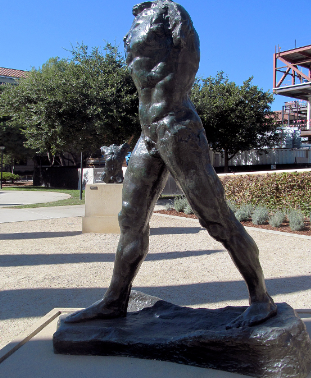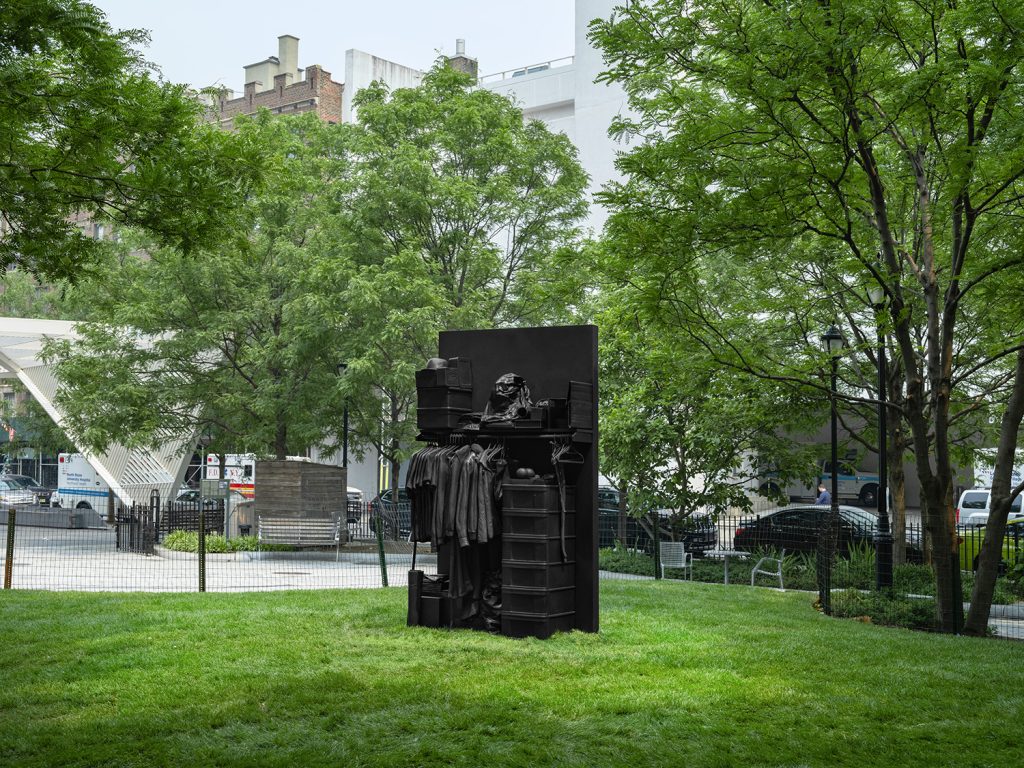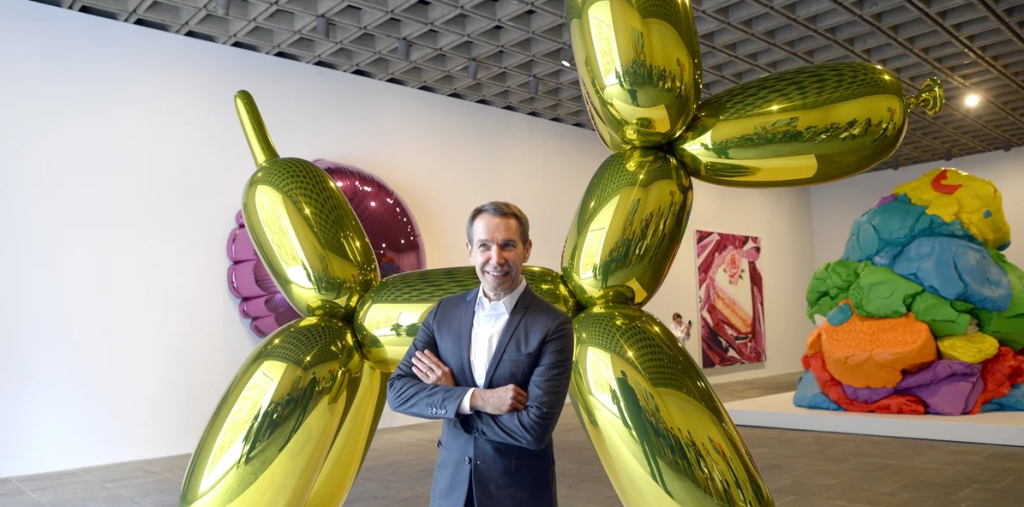The Elegance of Motion: Exploring Rodin’s ‘Walking Man’
Auguste Rodin’s ‘Walking Man’ is not just a sculpture; it’s a captivating exploration of motion and human expression. Created in the late 19th century, this iconic work captures a moment of action, inviting viewers to reflect on the beauty of movement. Understanding this piece can deepen your appreciation for sculpture and the emotional narratives that art can convey.
The Artistic Significance of ‘Walking Man’
‘Walking Man’ is part of Rodin’s broader examination of the human form, showcasing his unique ability to imbue sculptures with life. Unlike traditional representations that often emphasize perfection, Rodin opted for a more expressive approach. The fragmented nature of ‘Walking Man‘ reflects the complexities of human experience, representing not just physical movement but also emotional depth. Rodin believed that imperfections could express profound truths, making this work significant in the evolution of modern sculpture.
The Technique Behind the Sculpture
Rodin’s technique in ‘Walking Man’ is pivotal to its impact. The sculpture is crafted from bronze, a medium that allows for intricate detailing and dynamic structures. Rather than completing the figure, he left parts of it unfinished, which enhances its sense of motion and vitality. This open form invites viewers to imagine the rest of the figure, creating a dialogue between the artwork and the observer. By breaking conventional molds, Rodin challenged the boundaries of sculpture, encouraging a fresh appreciation for the relationship between form and movement.
The Symbolism of Motion
Motion in ‘Walking Man’ symbolizes life’s journey and human resilience. The figure, though incomplete, suggests forward movement, compelling viewers to contemplate their paths and aspirations. This notion of movement can resonate deeply with anyone facing challenges or transitions. Rodin’s ability to capture such rich symbolism in a mere stance echoes the existential challenges humanity faces. Through this prism, ‘Walking Man’ becomes a powerful reminder of the beauty and struggle inherent in human existence.
In conclusion, Rodin’s ‘Walking Man’ offers a timeless exploration of motion, technique, and symbolism. Its elegance not only captivates the eye but also stirs deep reflection on our own journeys. To dive deeper into the world of Rodin and the wonders of sculpture, consider visiting an art museum or exploring other works from this remarkable artist.


